INDIAN PAINTINGS THROUGH THE LOOKING GLASS OF FASHION
Before the advent of fashion photography, paintings served as a visual insight into the fashion scene of different parts of the world. In this article we delve into how paintings voiced political, social and even emotional opinions through their subject’s fashion.
Being a design student, I continue the never-ending process of absorbing the world and re-imagining it in my own way everyday but I was there, standing grasping the information of the exceptional paintings.
Galvanised by the length of information that the paintings provided me of my ancestors, before Covid hit India, I decided to visit the National Gallery of Modern Art in New Delhi. When I entered the gallery, I noticed a group of hyperactive middle-schoolers, who were in awe of paintings. The fact that the entry was free for them but not for me was surprisingly amusing as it gave me a sense of adulthood. I set myself on the venture of observation again.
Recommended Story – Handicrafts in India – Checkout the variety and craftsmanship
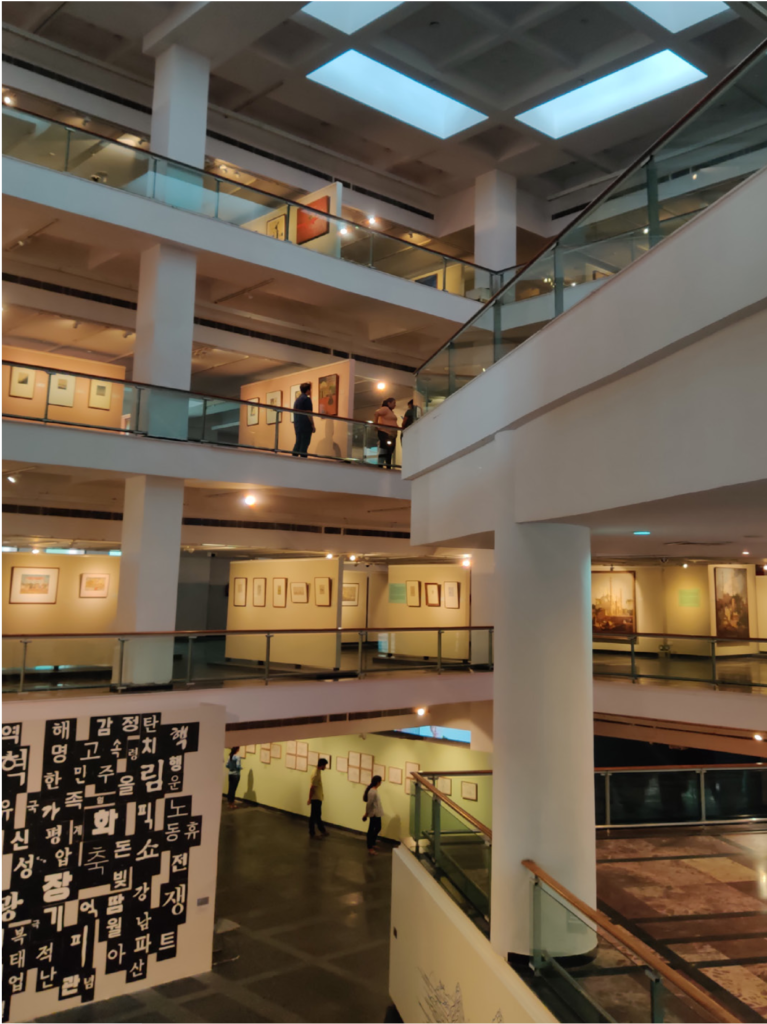
Realistic Works of Art
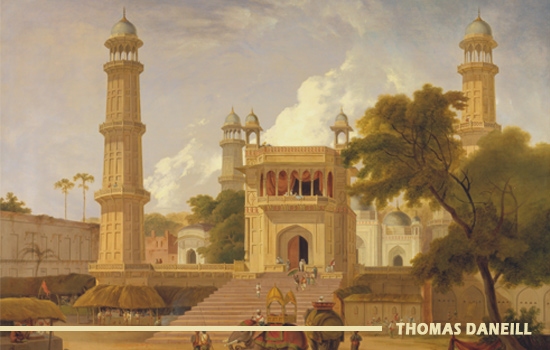
I started with Thomas Daneill’s landscape portrait of a mosque, which was presenting the daily life of Indians who were clad in traditional drapes of sarees and dhotis. If one looks advertently, he or she might notice the sarees were worn without blouses like the way it has been traditionally. The creases and the wrinkles clearly show that the fabric which was extensively used was cotton, after all India has been the biggest producer.
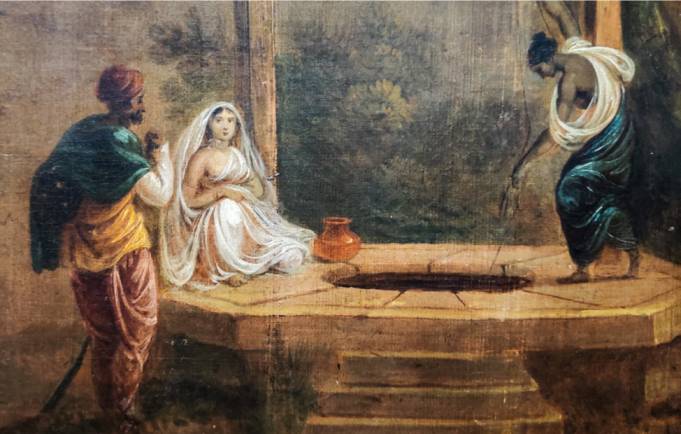
This painting was followed by some works of British artists’ landscape portraiture of ghats and women. The paintings seemed realistic anecdotes of history. It clearly showed the influence of British culture being infused in ours. Women of higher strata started wearing stitched blouses with their sarees while their maids would still be clothed in cotton sarees without blouses.
These realistic works of art are so brilliant that any historian or art enthusiast can get engrossed in them. Even I was swept away with the wave of the historical past of my country.
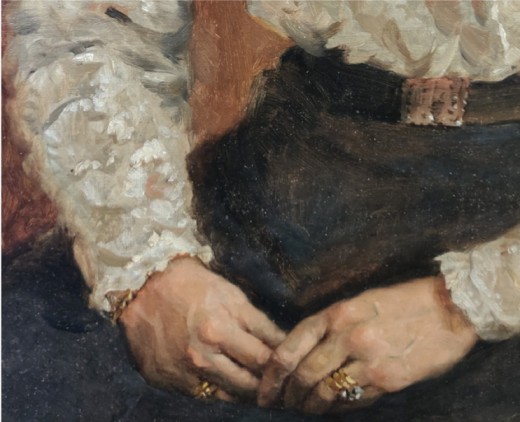
As one visits the museums looking with marvel at the masterpieces and searching the web for great painters, the wonderment that comes to the fore is about the kind of era they were painted in. Intentionally or unintentionally, a work of art tells a story. It uses the power of visual images to ignite imaginations, evoke emotions and capture universal cultural truths.
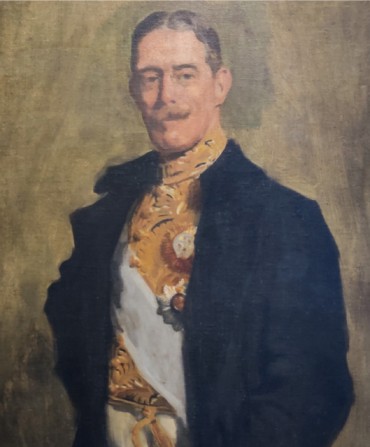
Recommended Story – Warli Art: a trivialized traditional art
The Essence of Western Art in Indian Paintings
British colonial rule had an audacious impact on Indian art. Western art became more ubiquitous as the British Empire established schools of art in major cities, such as the Bombay Art Society in 1888. The Company style paintings, for example, became common, created by Indian artists working for European patrons of the East India Company.
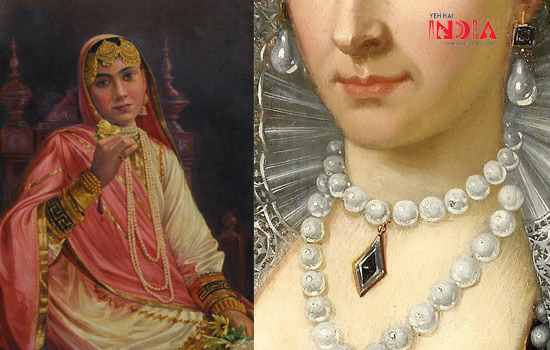
It evolved as a way of providing paintings that would appeal to the European patrons, who found the purely indigenous styles not to their taste. While most of the works were painted on paper, there was also a fashion for images of Mughal monuments and Mughal rulers and their wives which were painted on small plaques of ivory.
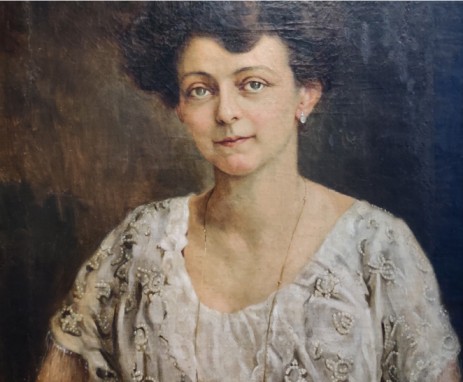
Initially, protagonists of Indian art such as Raja Ravi Varma and MF Pitthawala drew on Western traditions and techniques including oil paint and easel painting. They are considered to be the first of the modernists, and, along with Amrita Shergil, the main exponents of Western techniques to develop a new aesthetic in the subjective interpretation of Indian culture with “the promise of materiality in the medium of oils and the reality-paradigm of the mirror/window format of easel painting”.
With the introduction of Western style of painting, there was a remarkable change in the Indian painting style from two-dimensional miniature paintings to realistic oil-paint works. The depiction of fashion and lifestyle during the times become relevantly true-to-life and comprehensible too.
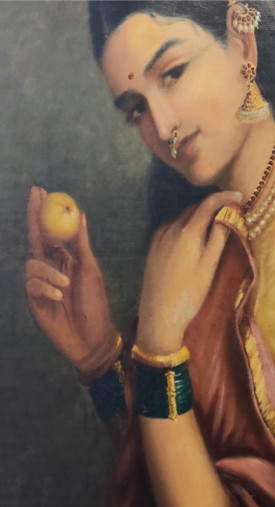
Indian painters started painting the oil-paint portraits of Britishers in the way they liked. In the paintings of that era, one can see that they were painted in leisure environments. With a sense of pride and superiority in their eyes, they were seen in expensively and intricately embellished clothes.
Influence of British Fashion
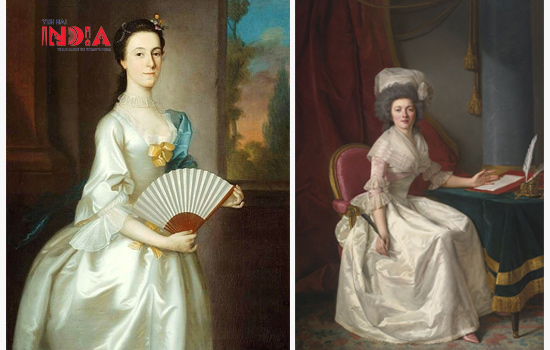
The British women captured in the paintings were often seen donning white dresses elaborately embroidered and ornamented. With their curled hair styled in pompadour up-dos and their necks and fingers accessorised with dainty gold and pearl jewellery gave them a luxurious outlook. Similarly, the British men were mostly painted standing-up posture, with their moustaches pointing up in confidence and their uniforms not lacking any guild and bullion.

On one hand, the influence of Western fashion in menswear was seen in baggy trousers, buttoned shirts, jackets, hats, walking sticks worn by some Indians in the workplace. However dhotis and pajamas with kurtas and turbans continued to be the staple items of clothing for most people, indicative of regional or national identity.
As the wives of those working for the colonial government started to step out and mingle with the British, they began to experiment with the sari blouse. The stitched sari blouse echoed the latest styles of English blouses with cuffs, laces and pleats with the sari palla pinned at the shoulder. The long ruffled skirts worn by the English inspired the stitched petticoats worn with saris which were decorated with pretty borders and dainty laces.
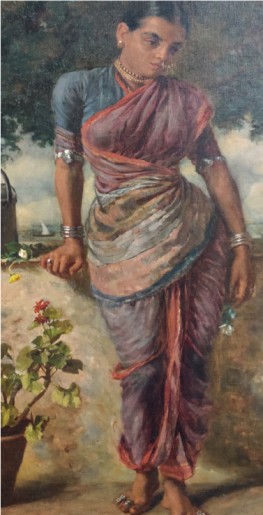
The socio-politico-cultural influences of the time, particularly on fashion, were clearly visible in the paintings. Even though the western influence was strong and made changes rather boldly, one thing remained unchanged in the women’s clothing, that is, the jewellery. Indian women, mainly belonging to some elite families or those who were slaves to wealthy British officers’ ladies, were adorned with either strings of pearls or intricate gold and silver necklaces, ear-rings, maang-tikas and nose-rings. Those belonging to lower class families wore silver coated jewellery.
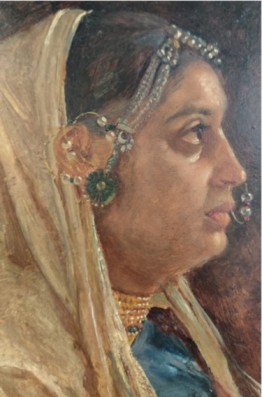
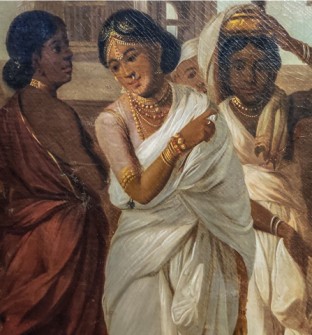
The Khadi Movement

Mahatma Gandhi’s call for complete independence in the 1940s had the objective of uniting the entire country and manifested itself by the burning of all foreign clothes. It was a significant gesture that ‘khadi’- traditional, rough, homespun which was woven on the ‘charkha’ was not just a fabric but also a symbol of the Indian spirit of the times-of self-reliance, nationalism and resistance to British rule. Khadi kurtas, pajamas and dhotis were worn along with the simple folded Gandhi topi. And how do we know all about it? Paintings (even though black and white photographs came into existence, the paintings have a distinct kind of magic).
The Time Preserving Power of Art
In the culture of clicking hundreds of pictures everyday and not even looking at the majority of them ever again, there I was standing and staring at the paintings which have been there my whole life in my home. I realised that the medium and strokes play a vital role in the depiction of an era/influence. The deft strokes of artists not only created masterpieces but also opened a doorway to our country’s past.
Art has the ability to capture the truth of present, preserving it as tales for future generations.
Also Read – Kalamkari – a perishing avant-garde art of India











